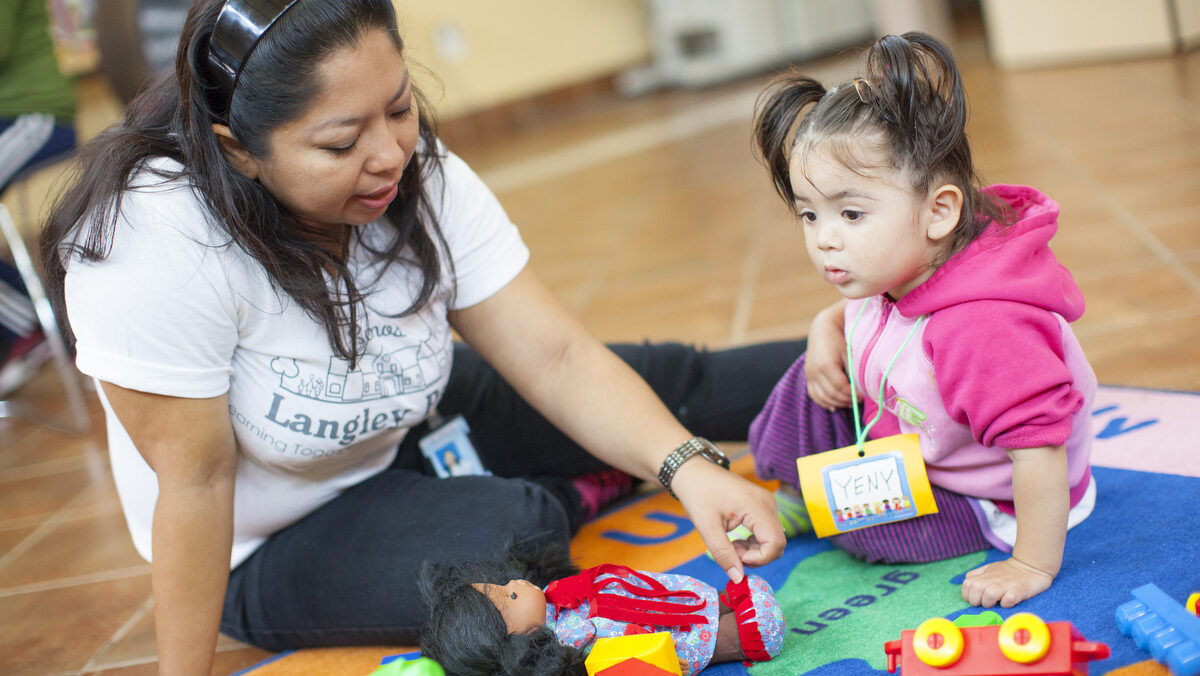
03:00 - 04:30 pm
Using Behavioral Science to Help Families Help Kids

Helen Westmoreland kicked off the conversation, stressing how home-school communications are more important than ever with schools remaining closed for months. She also encouraged attendees to reflect on the many types of behaviors that schools ask families to take in their communications, including turning in forms, reading with their children, and attending meetings. By being specific about what we are asking parents to do and using the science of behavior change, we can help families help kids.
Todd Rogers introduced some key concepts of behavior science and explained how they can be used to promote student success and family engagement:
- Conformity to social norms – When parents learn that their child is missing more school than their peers, they are motivated to increase their child’s attendance.
- Simplification – By reducing the number of steps families need to take to sign up for a program or communication platform, schools can “reduce the friction” and increase response rates and engagement. This includes letting parents opt-out of research-based text messaging and other programs instead of asking them to opt-in. Communications with parents should also be written in clear, concise and accessible language to increase the likelihood that parents will read and act on their messages.
Rogers also shared how he had used this research to help create EveryDay Labs to help school districts integrate these principles into their attendance efforts at scale. Recently, EveryDay Labs has developed a Family Insights Toolkit to help school districts engage and support the most vulnerable children and families while they are at home due to school closures.
With many families receiving school communications on their phones during the school closures, Rogers stressed that these communications need to be brief; be written at an accessible reading level; call for concrete, timely actions; and utilize a format that reinforces the goal. He also suggested that schools chunk multiple messages and use a modality that serves the purpose — text messages for immediate actions and paper copies when calling for actions over time.
Hedy Chang shared how Attendance Works has been applying behavior science in its guidance around Tier 1 interventions. While these types of research-based communications strategies are important all the time, she stressed that they were of particular importance in messaging during the various phases of COVID-19 response, from the decision to close schools, outreach to families after the closure, support and engagement during remote learning and the transition back into school. The messages across these phases need to make it clear that the schools care about students and families and are there are support them. Chang also stressed the need to collect multiple types of contact information, including physical address, email address and phone/text numbers.
Discussant Angela Madigan shared her reflections on these presentations, highlighting the work her school did as a part of Maine’s Count ME In Initiative. Beginning five years ago, her school utilized behavior science to engage staff in reaching out to students who were absent, celebrating how many of their colleagues were already on board with this new approach and giving teachers easy to follow scripts and action items. She also explained that messages to families are written and delivered in ways that are easy to access and digest. Madigan shared how these efforts helped establish strong and trusting relationships between parents and teachers, enabling the school to engage and support families during the COVID-19 closure.


 All Events
All Events


